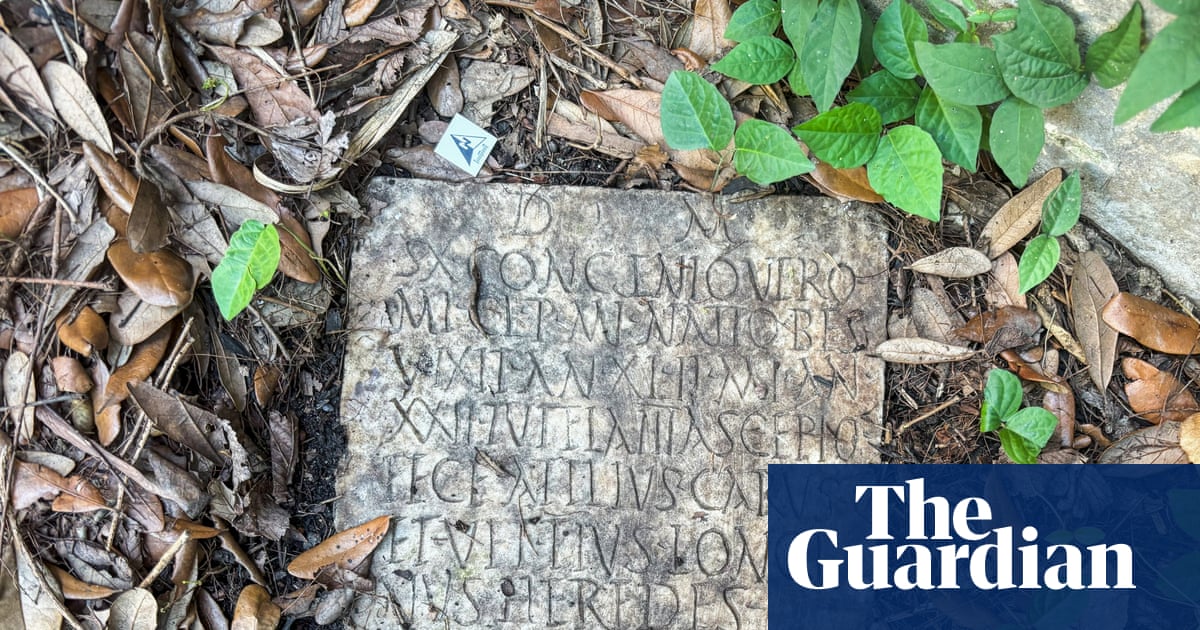
"A New Orleans couple clearing away undergrowth in their home's yard unearthed a grave marker, setting off a quest for answers about how the roughly 1,900-year-old relic ended up there and an effort to repatriate it to Italy. The remarkable discovery was the work of Tulane University anthropologist Daniella Santoro and her husband, Aaron Lorenz, according to a report published online Monday by the magazine of New Orleans's Preservation Resource Center (PRC)."
"As the PRC put it, after finding the headstone in March, Santoro and Lorenz noted that an inscription carved on it appeared to be in Latin, the language of ancient Rome. Santoro contacted University of New Orleans archaeologist D Ryan Gray and to her Tulane colleague Susann Lusnia, an associate professor of classical studies. Gray, meanwhile, sent photos of the unusual flat marble slab to University of Innsbruck professor Harald Stadler, who forwarded them to his brother, a Latin instructor."
"Lusnia and Stadler independently arrived at the same stunning conclusion: the headstone was dedicated to a circa second-century Roman sailor named Sextus Congenius Verus. And the stone fit the description of one reported missing from the city museum of Civitavecchia, Italy, near where it had originally been found, Gray wrote in a column for the PRC's magazine. Lusnia from there contacted the Civitavecchia museum, and those working with Santoro turned the stone over to the FBI's art crime team"
While clearing undergrowth in their New Orleans yard, Tulane anthropologist Daniella Santoro and her husband Aaron Lorenz unearthed a marble grave marker. The slab bore a Latin inscription prompting Santoro to contact archaeologist D. Ryan Gray and Tulane classical scholar Susann Lusnia; Gray shared photos with University of Innsbruck professor Harald Stadler. Lusnia and Stadler independently identified the headstone as dedicated to a circa second-century Roman sailor, Sextus Congenius Verus. The stone matched the description of an item reported missing from the Civitavecchia city museum in Italy. Santoro's team turned the slab over to the FBI art crime unit to pursue repatriation. Investigators suspect the tombstone arrived in New Orleans in the 20th century, possibly after World War II.
Read at www.theguardian.com
Unable to calculate read time
Collection
[
|
...
]